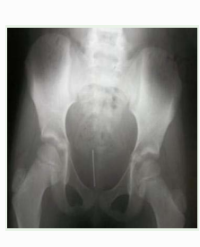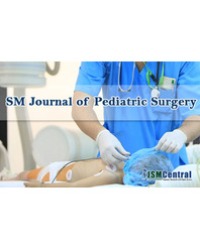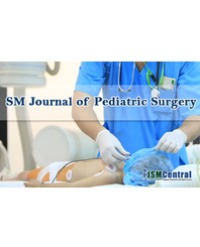
Hepatopulmonary Fusion in a Newborn Diagnosed during Surgical Repair of Right Congenital Diaphragmatic Hernia
Hepatic Pulmonary Fusion (HPF) is a rare malformation in which adhesion between the liver and the right lower lobe of the lung occurs. This situation is frequently associated with right Congenital Diaphragmatic Hernia (CDH), and often only discovered during surgical repair of the defect.
Few cases have previously been reported in the literature [1]. In this paper we are reporting a case of HPF diagnosed fortunately in a tow days old female baby, at time of surgical repair of right side CDH and we discuss the modalities of diagnosis and the difficulties encountered during surgery.
Rechid Khemakhem¹*, Mohamed Raiz Elhaq Rao¹, Refeat Mohamed Sadek¹, Adel Metwali Fadhl¹, Majdi Gueessa², Mohamed Yousef², and Houda Rahay²



